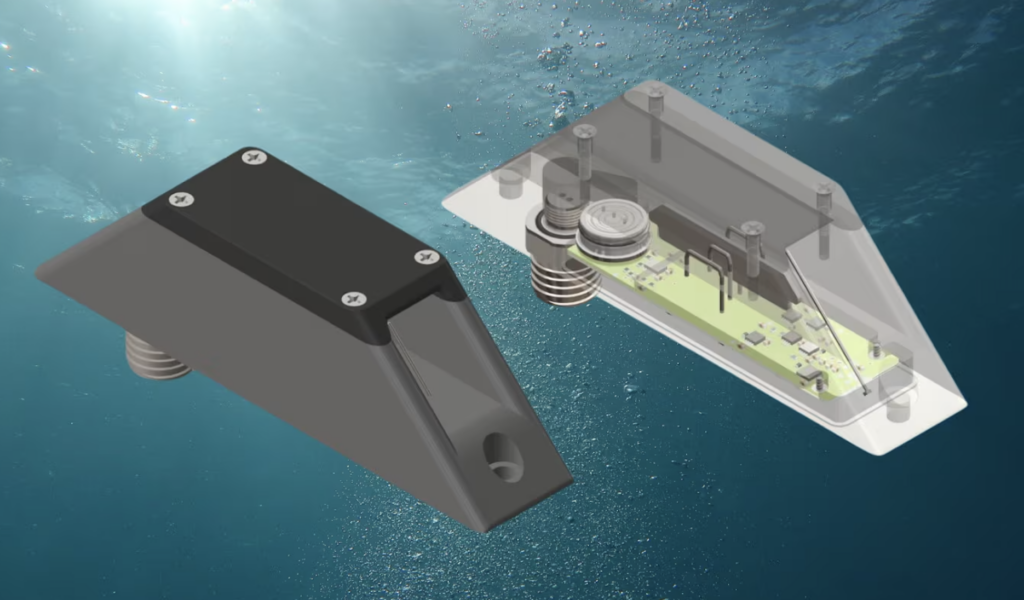
Neil Brown Ocean Sensors, Inc. (NBOSI) has launched its latest innovation ahead of Oceanology International 2024 in London.
The new integrated CTD Sensor promises to redefine underwater data collection, addressing an increasing demand for smaller, more capable unmanned underwater vehicles (UUVs) in various industries.
The UUV landscape is undergoing a transformative shift, driven by technological advancements, artificial intelligence (AI), and machine learning (ML). As vehicles are getting smaller, while growing in numbers and enhancing their capabilities, there is an increasing demand for compact, affordable, yet highly accurate sensors. This demand is unprecedented and continuously expanding.
The integrated CTD sensor represents a leap forward in UUV technology, offering a compact, palm-sized design that provides research-quality temperature, salinity, depth, and sound speed measurements. Dr. Dave Fratantoni, NBOSI’s CEO, highlights the advantages of the new sensor, emphasizing “simplified maintenance, faster recalibration, and superior data quality.”
Key advantages of NBOSI’s integrated CTD sensor include streamlined installation and maintenance. By eliminating the internal electronics board, NBOSI has made sensor integration, routine calibration, spares management, and field replacement a breeze, reducing operational complexities for UUV fleets.
Customers can get direct sound speed and ocean density data in real-time with the precision pressure sensor, ensuring accurate data without burdening the vehicle’s CPU.
The rugged and large-aperture flow-through design of the sensor not only offers class leading hydrodynamic performance, but also eliminates the need for an energy-consumptive and noise-producing pump.
Design flexibility has been built in from the start with certain sensor variants featuring a bulkhead connector on the cell. This provides end-users with greater vehicle and systems design freedom, and operational flexibility, optimizing UUV deployments for maximum efficiency. As a further bonus, the new integrated CTD sensor maintains identical form factors and dimensions to existing NBOSI CT sensors, ensuring backward-compatibility.
Over the past 18 months NBOSI has contributed to cutting-edge projects globally, from mine-hunting vehicles in Japan to deep brine pool studies in the Gulf of Mexico. The company’s technology is a critical component of the HII REMUS 300, foundational for the US Navy’s Lionfish SUUV program.
Looking ahead, Fratantoni expresses confidence in NBOSI’s ability to adapt to the evolving needs of the industry; “As UUVs continue to shrink in size, NBOSI’s compact sensors are poised to play a crucial role in meeting the industry’s demands. The company’s commitment to strategic focus and sensor versatility establishes NBOSI as a key player in the rapidly expanding UUV industry.”
The launch of the integrated CTD sensor ahead of Oceanology International 2024 marks a significant milestone for NBOSI, reinforcing its position as a leader in underwater technology. The company invites industry professionals to get in touch to discuss the future of underwater data collection.

















